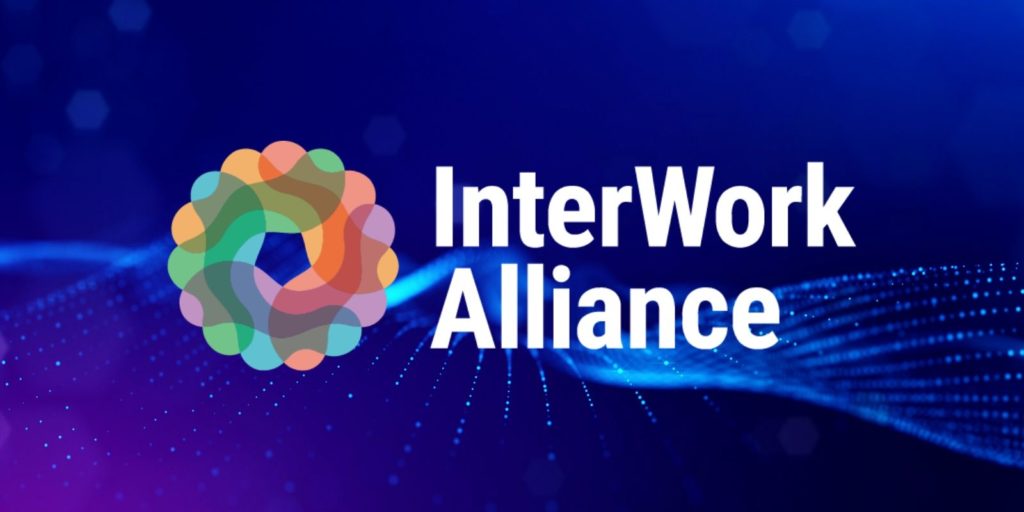
An imperfect mechanism
Carbon accounting works on the basis of a mechanism whereby countries or companies that emit carbon during their activities can offset the emissions generated, thus favoring a more ecological footprint for the industrial sector.
But there's a problem. "At the moment it is not possible to determine whether a tree has not been sold 100 times," said Microsoft blockchain architect and IWA president Marley Gray. The IWA sustainability group supported by Microsoft is intervening with a tokenization standard that aims to ensure transparency in carbon accounting.
Large companies can offset their carbon emissions by participating in and financing projects for eco-sustainability. However, there is a clear lack of verified claims for carbon offsetting, said Gray.
"There are not enough verified carbon offsets - verified is the key word - in the world today, if only to meet Microsoft's needs this year," said Gray.
The IWA solution
The IWA sustainability working group includes Accenture, Climate Chain Coalition, Digital Asset, Nasdaq, Neo Global Development, R3, SIX Digital Exchange (SDX), Xpansiv and others. The group will create a standardized framework for tokenization, starting with voluntary carbon offsetting, and will broaden its focus on regulated markets in the near future.
This isn't a new problem for the industry, and numerous technicians have already tried to find ways to tighten carbon accounting, including the use of blockchains. "A lot of startups were born that entered these spaces and they all built these walled gardens that didn't meet buyers' requirements," said Gray.
"So we decided to take the reins in hand and let everyone understand what a carbon credit is, how it is structured and how we should therefore tokenise it to solve our double credit problem."
Part of the IWA's mission is to break down the different types of carbon credit for tokenization, such as carbon credits issued by the EU traded on regulated markets. Carbon offsets, on the other hand, can be generated by avoiding emissions, for example by using renewable energy, or by removing emissions through tree-planting projects.
In the process, these two variants are weighed differently and have a different price, Gray said. When it comes to testing carbon offsetting projects, companies don't care if there's a blockchain behind the solution, they just want to make sure it's reliable and transferable, Gray added.
"We need to be able to define a project so that carbon credit buyers can find out the details of the project and see where the carbon credit comes from and its value," he said.
